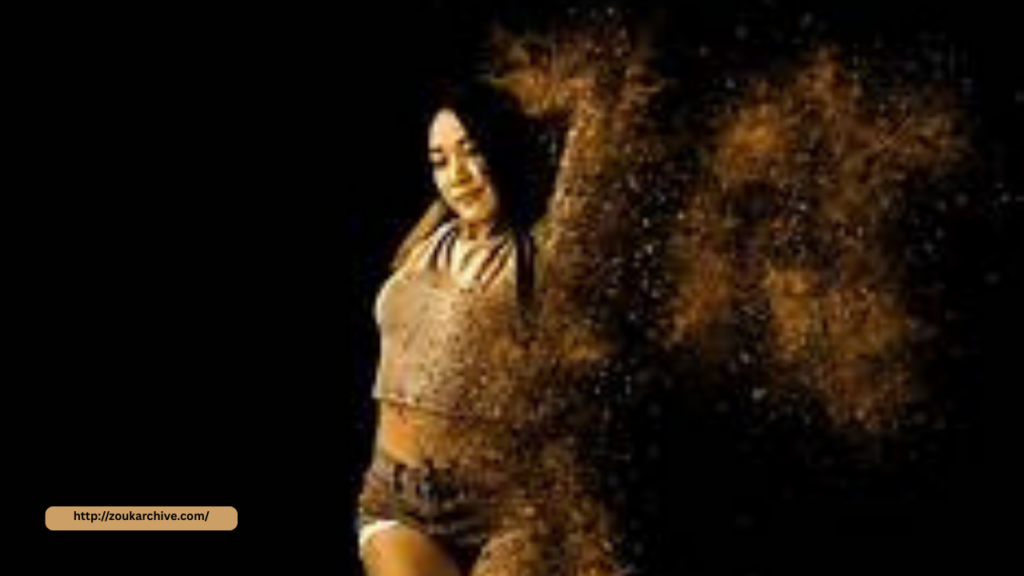
Addiction recovery is not a one-size-fits-all journey. While traditional therapies such as counseling and medication play vital roles, many individuals find strength and healing through alternative approaches—one of the most powerful being dance. Movement, in all its forms, provides a deeply expressive and transformative outlet for those in recovery, allowing them to reconnect with their bodies, release emotional pain, and rediscover joy. “Dancing through the darkness” is more than a metaphor—it’s a real and empowering process that’s helping people reclaim their lives.
The Body Remembers
Addiction often causes a deep disconnect between mind and body. Trauma, guilt, shame, and self-loathing can lead individuals to feel trapped or numb in their own skin. Dance offers a unique way to repair that fractured connection. Through movement, individuals begin to listen to their bodies again—recognizing tension, releasing emotion, and cultivating self-awareness.
Research supports the therapeutic benefits of dance and movement in recovery. Dance/movement therapy (DMT), a recognized form of expressive therapy, uses movement to help individuals achieve emotional, cognitive, and physical integration. Studies show that DMT can reduce symptoms of anxiety and depression, improve body image, and boost self-esteem—factors that are essential in sustaining sobriety.
Expression Beyond Words
For many recovering from addiction, verbalizing emotions can be overwhelming or even impossible. Dance provides a nonverbal outlet to express grief, anger, joy, fear, and hope. Movement becomes a language of its own, allowing people to tell their stories without speaking. In doing so, they release suppressed feelings that may have contributed to their substance use in the first place.
This kind of self-expression can be profoundly liberating. Through dance, individuals can explore identity, process trauma, and begin to redefine themselves—not as addicts, but as artists, survivors, and whole human beings. Each step, spin, or stretch becomes a declaration of resilience.
Building Community Through Movement
Dance also offers a powerful way to connect with others. Whether in group classes, dance circles, or community performances, shared movement fosters a sense of belonging and support. This is particularly important in recovery, where connection often replaces the isolation that addiction thrives on.
Programs like Dance to Recovery, Movement Exchange, and The Phoenix offer accessible, sober dance experiences designed for those in recovery. These safe, inclusive environments allow individuals to move freely, bond with peers, and celebrate milestones together—creating a positive feedback loop of encouragement and growth.
Reclaiming Joy and Freedom
Perhaps most importantly, dance brings joy. For many in recovery, rediscovering pleasure that isn’t tied to substances is a crucial step in healing. Dancing taps into the brain’s natural reward system, releasing endorphins and dopamine, and helping individuals experience euphoria in a healthy, sustainable way.
In reclaiming their ability to feel good through movement, individuals in recovery often find renewed motivation to stay sober. The dance floor becomes a space of transformation—where pain is turned into power and darkness into light.
Conclusion
Dancing through the darkness is a powerful metaphor—and reality—for many on the path to recovery. Movement offers more than just physical benefits; it provides emotional release, creative expression, community connection, and the rediscovery of joy. As more people turn to dance as a tool for healing, it becomes clear: in every step, there is hope, and in every movement, a chance for rebirth.